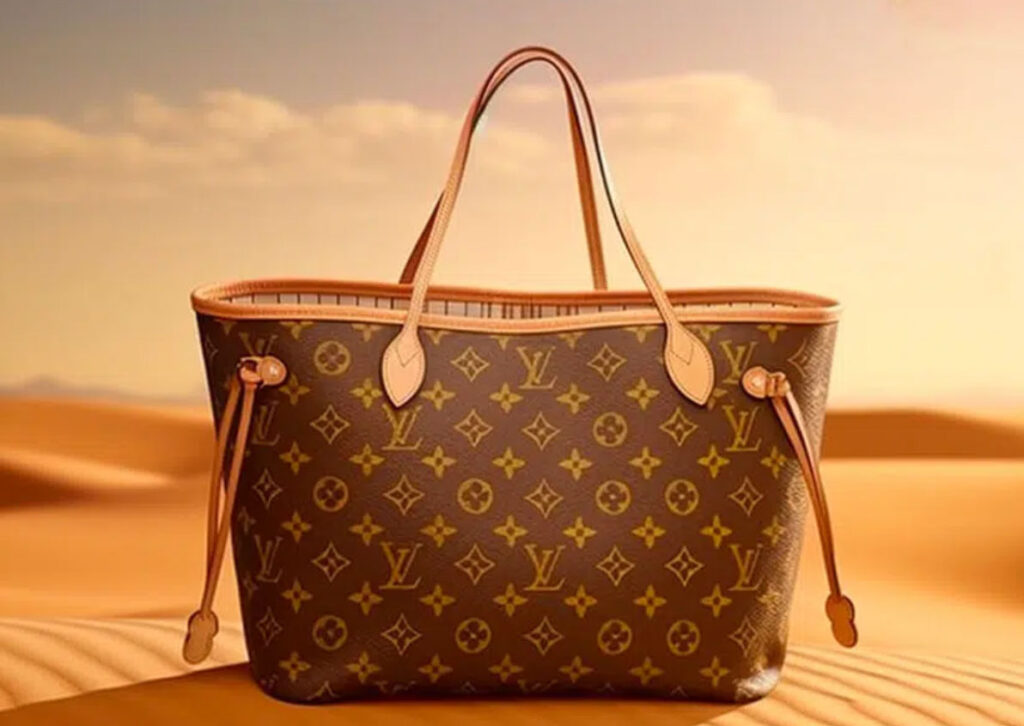Featuring the LOUIS VUITTON Neverfull Tote Bag.
Ah, the dazzling world of luxury fashion! Whereas a tote bag that probably costs $20 to manufacture is retailed for a jaw-dropping $2000. It’s not sorcery. It’s branding.
Let me introduce you to the phenomenon that the fashion and higher education world loves to embrace but rarely admits: the ‘Luxury Artificial Scarcity Economy’.
The scarcer something becomes, the more people want it. It’s basic human psychology mixed with a dose of societal pressure.
Professor Scott Galloway has expertly summarized this. He put it succinctly for the uninitiated: “The strongest brands in the world aren’t APPLE or NIKE… They’re MIT, Stanford, and Harvard.” No, he’s not comparing the quality of a tote bag to a college degree (or is he?). He’s talking about exclusivity. The scarcer something becomes, the more people want it. It’s basic human psychology mixed with a dose of societal pressure.
Now, let’s dive into the delightful world of LOUIS VUITTON. The brand’s Neverfull Tote Bag, made of that glorious coated canvas, or PU for those who like to keep things real, was once widely available for all those willing to part with a couple of grand. But oh no! Rumors began to swirl. Is this iconic bag, essentially a luxurious potato sack, being discontinued?

Instead, LOUIS VUITTON, in its infinite wisdom, has decided that its Neverfull tote bag should be… waitlisted.
Megs Mahoney Dusil from The Purse Blog tells us not to panic. The Neverfull isn’t being consigned to the fashion archives. Instead, LOUIS VUITTON, in its infinite wisdom, has decided that its Neverfull tote bag should be… waitlisted. Yes, you read that right. After a compelling 2-3 months of suspense, you’ll be granted the privilege of parting with $2000, but there’s a catch. You have 24 hours to claim your bag or risk it being passed on to the next eager person on the list. The thrill of the chase!
The man has amassed wealth greater than the GDP of many nations, not by reinventing the wheel but by creating desire.
This move, it seems, is all about maintaining exclusivity, ensuring that the brand remains as “coveted” as ever. As Dusil writes, “Part of exclusivity is the notion of scarcity.” Bernard Arnault certainly understands that. After all, as Galloway highlighted, the man has amassed wealth greater than the GDP of many nations, not by reinventing the wheel but by creating desire. You don’t just want the bag; you want the status that comes with it.
After all, it’s no longer about having a quality product; it’s about having a product that others can’t easily get.
In a twist that would make even the most seasoned marketer salivate, Louis Vuitton’s play here is genius. Not only are they increasing demand through artificial scarcity, but they’re also maintaining their image as an exclusive brand. After all, it’s no longer about having a quality product; it’s about having a product that others can’t easily get.
And let’s be real. It’s not just the high fashion world that’s adopting this model. The artificial scarcity economy is booming, from Ivy League universities to tech giants. The end goal? Make people feel like they’re part of an elite club, drive up demand, increase prices, and let the profits roll in.
So the next time you find yourself yearning for that exclusive tote bag or prestigious college degree, remember it’s not just about the product. It’s about the game. And oh, what a ludicrous game it is!
